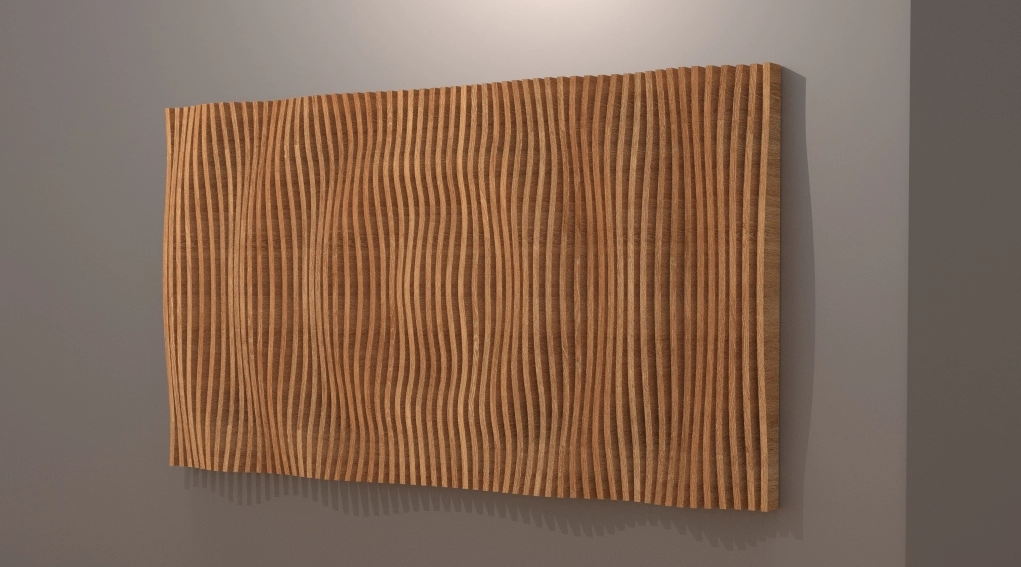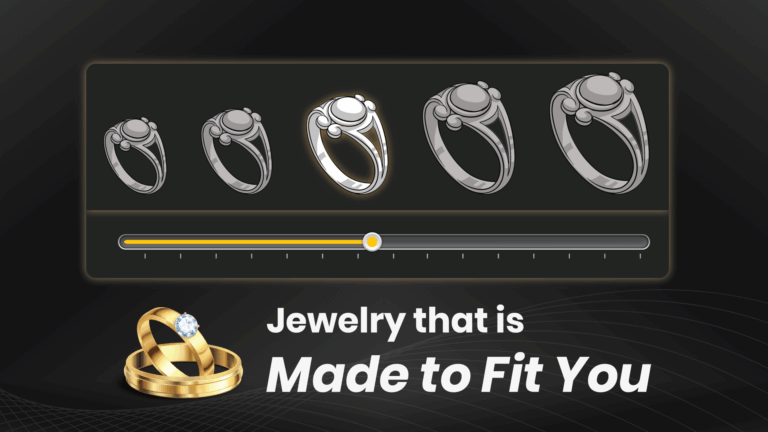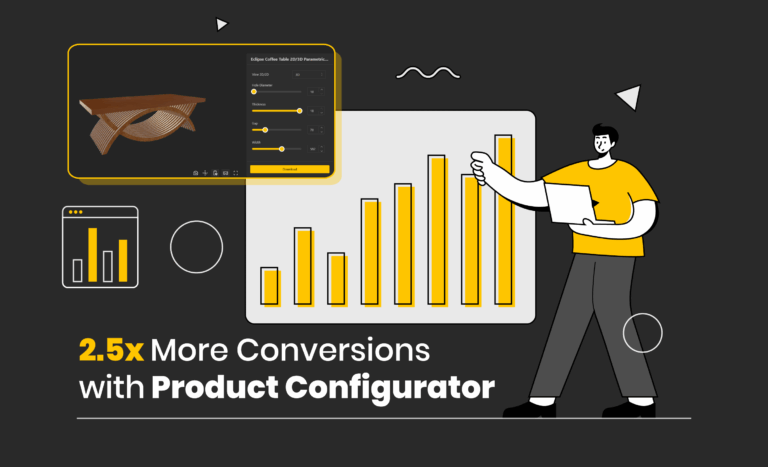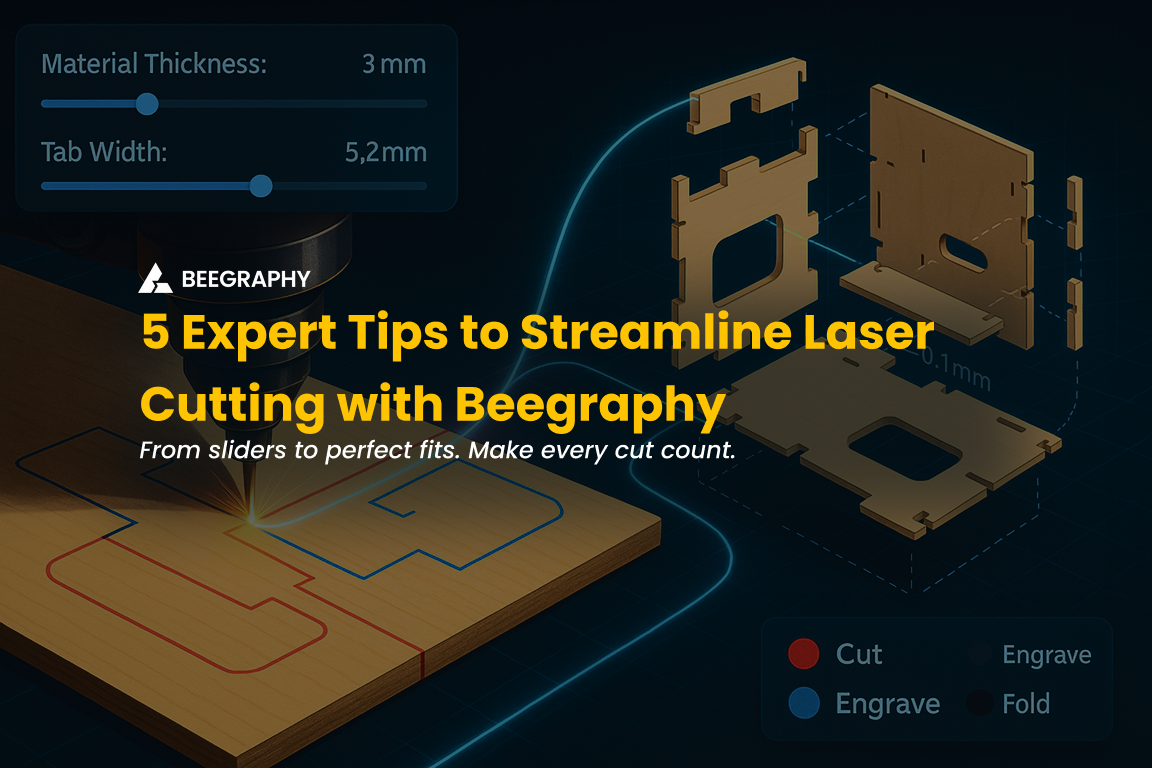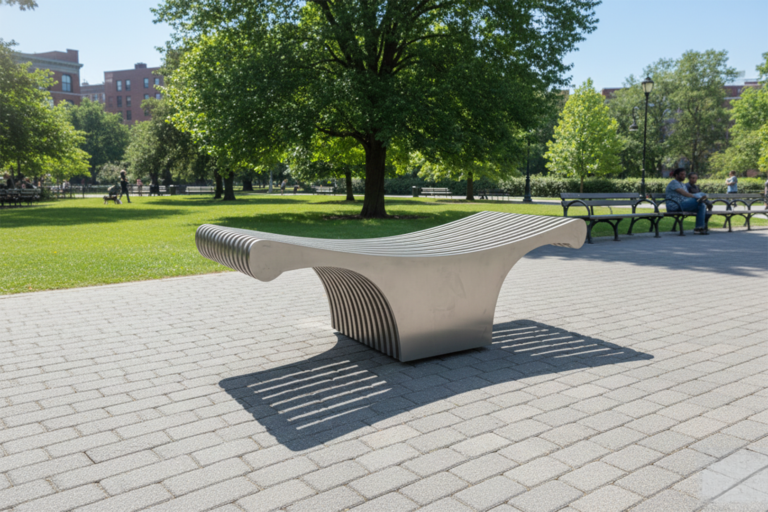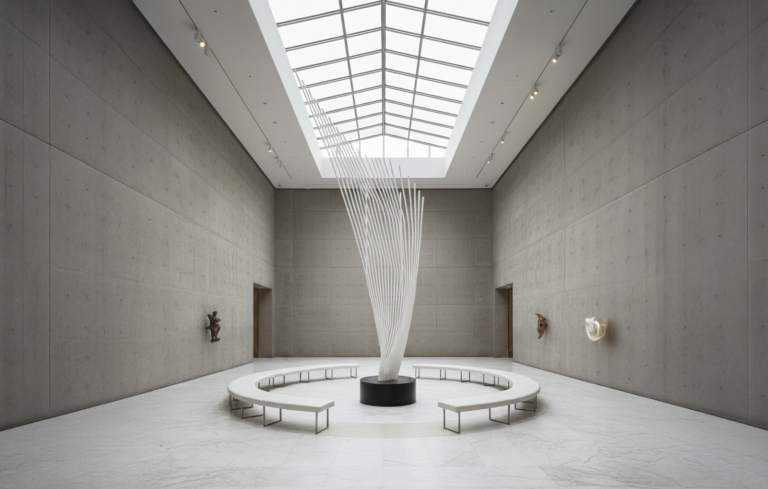When you enter a modern concert hall or a recording studio, the striking shape of the walls and ceilings immediately grabs your attention. Flowing curves, perforated panels, and textured surfaces that resemble digital sculptures. These designs are not just for show. Every ridge, fold, and opening affects how sound travels through the space within the room. This is widely known as Parametric Design in Acoustics.
Concert hall acoustics focus on balancing three main elements: reflection, diffusion, and absorption of sound. In the past, architects used scale models and physical tests to predict how spaces would handle sound. Now, parametric design offers a much more dynamic method. By adjusting factors in real time, such as the angle of a wall panel, the size of a hole, or the depth of a surface texture, designers can simulate and improve acoustic performance well before construction starts.
This blog explores how parametric tools are turning concert halls and studios into finely tuned instruments, where the architecture itself plays a role in the performance. BeeGraphy makes this kind of design experimentation easy. We will also show you how to create a parametric wall using our web-based platform that can be customized for your own studio.
What is Architectural Acoustics?
Table of Contents
Architectural acoustics is the practice of designing spaces to manage sound effectively. It examines how sound is created, reflected, absorbed, and transferred, and how design choices influence what listeners experience.
In concert halls, the goal is to create an immersive and balanced listening experience, where music feels warm and speech is clear from every seat. Achieving this requires careful management of reverberation time, strategic placement of reflective and diffusive surfaces, and reduction of unwanted noise. In other environments like classrooms, offices, or homes, the focus shifts to minimizing echo, isolating sounds between rooms, or reducing distractions. Architectural acoustics treats a building like a musical instrument, ensuring that form, materials, and surfaces work together to produce the desired sound.
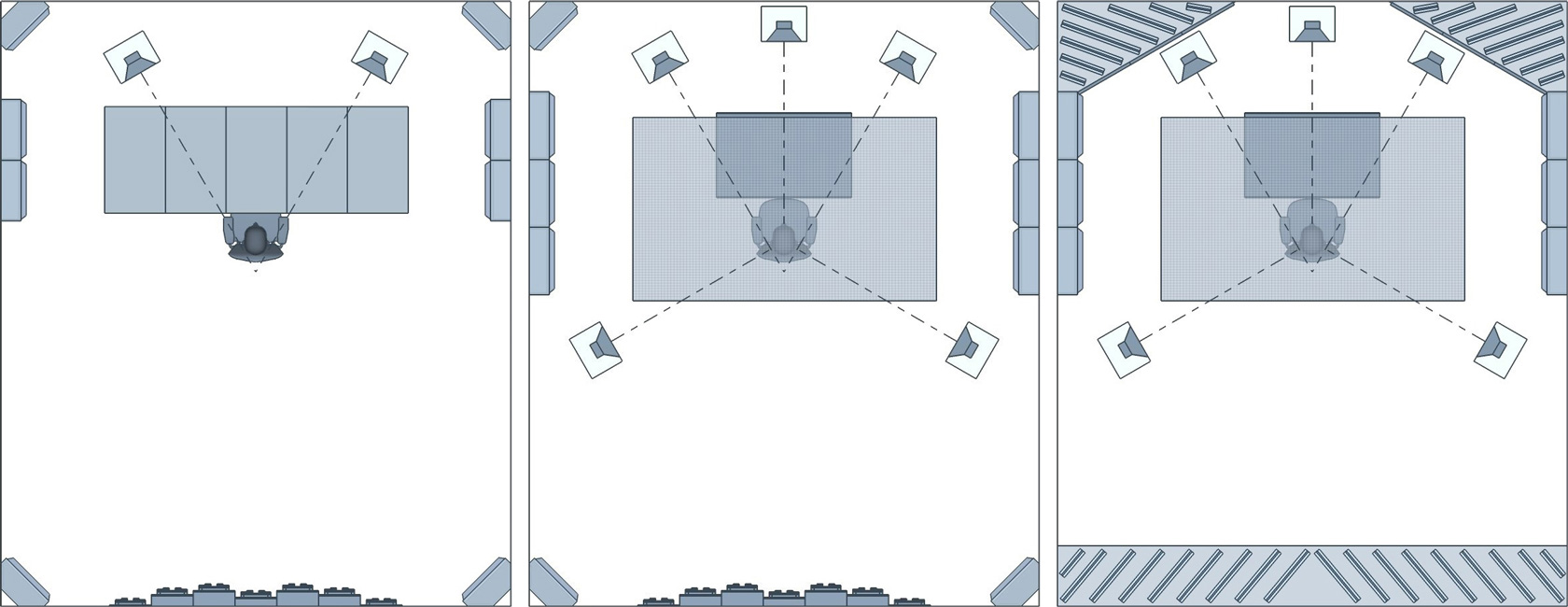
https://arqen.com/wp-content/gallery/room-setup-speaker-placement/studio-setup-control-rooms-stereo-surround.jpg
How Did Acoustical Architecture Evolve?
Johann Wolfgang von Goethe once called architecture “frozen music,” capturing the deep connection between space, sound, and math. This link dates back to Pythagoras, who showed that musical intervals like the octave (1:2), fifth (2:3), and fourth (3:4) can be represented as numerical ratios. Architecture has long sought harmony through proportions like the golden section.
When purpose-built concert halls started appearing in the 18th and 19th centuries, architects faced the challenge of creating spaces that reflected sound clearly and evenly. To be effective, reflective surfaces needed to be at least three times larger than the sound wavelength. The solutions developed during this time still define many of the world’s most famous halls.
The Musikverein in Vienna (1870) and the Concertgebouw in Amsterdam (1888) perfected the “shoebox” shape, where rectangular proportions and richly detailed surfaces produce bright and resonant acoustics. Boston Symphony Hall (1900), with guidance from physicist Wallace Sabine, introduced scientific precision by carefully tuning reverberation time with coffering and decoration. In Barcelona, the Palau de la Música Catalana (1908) incorporated mosaics, stained glass, and relief sculptures as acoustic textures rather than mere decoration. Later, the Sydney Opera House (1973) used rule-based geometry with its iconic shells, hinting at the possibilities of parametric design.
These milestones show that long before digital tools, architects were thinking in ways similar to parametric logic. They used proportion, repetition, and surface complexity to make buildings into instruments of sound.

Photo by Kuanysh Abdikarimov: https://www.pexels.com/photo/brown-church-interior-1481464/

Case Studies
The World’s Quietest Room, Orfield Laboratories
Orfield Laboratories in Minnesota contains the world’s quietest room, an anechoic chamber that has become a standard in studying sound absorption. Designed to eliminate almost all outside and inside reflections, the chamber records an extraordinary background noise level of –9.4 decibels. Its walls, ceiling, and floor are covered with large, wedge-shaped foam blocks arranged in a parametric pattern. This design serves a functional purpose, ensuring that sound waves are absorbed rather than bouncing back into the space.
The chamber’s design shows how architectural acoustics can go beyond performance halls or studios and into experimental settings. Here, parametric geometry is pushed to its limits to create silence so deep that visitors often report hearing their heartbeat or the subtle movements of their bodies. By changing surface form and proportion, the Orfield chamber demonstrates the extreme possibilities of acoustics: instead of enhancing sound, it shows how architecture can completely eliminate it.
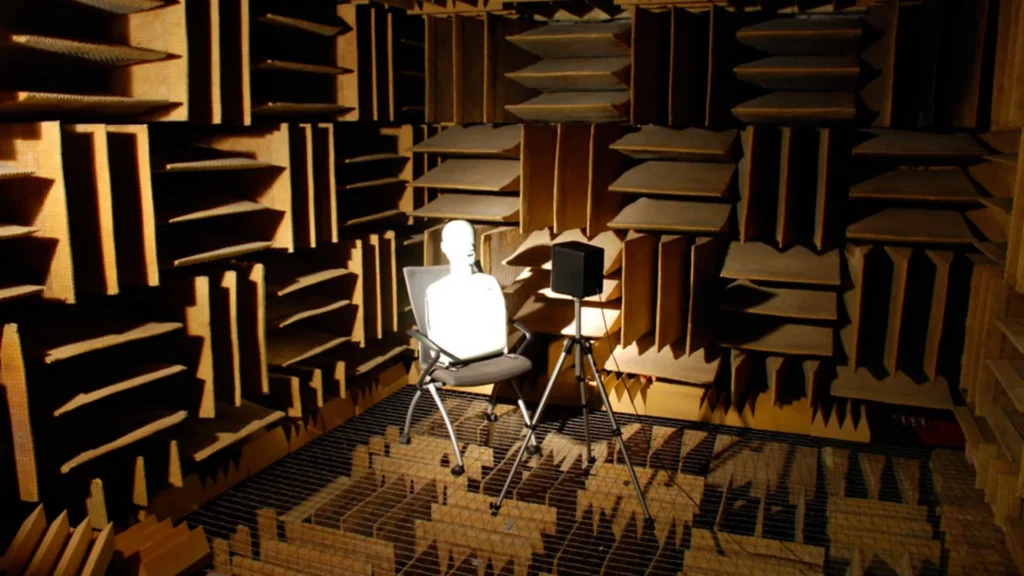
https://www.bbc.com/travel/article/20121022-the-quietest-place-on-earth
Vienna Musikverein and Amsterdam Concertgebouw
The Musikverein in Vienna, completed in 1870, and the Concertgebouw in Amsterdam, opened in 1888, are celebrated worldwide for their nearly perfect acoustics. Both halls rely on a shoebox shape—a simple rectangle that lets sound reflect evenly throughout the space. Even though they were built long before advanced acoustic simulation or parametric software, their designs reveal a deep understanding of architectural acoustics. The height, width, and length of these halls were chosen carefully to create balance, while their richly decorated interiors—featuring coffering, columns, and relief details—break up sound reflections to avoid echoes.
These concert halls represent an early form of parametric thinking. Instead of algorithms, architects relied on ratios, repetition, and geometric relationships to guide their designs. The result is a pair of spaces where every note resonates clearly and warmly, no matter where a listener sits. More than a century later, they remain benchmarks in acoustic design, proving that the principles of proportion and surface complexity are still relevant alongside modern parametric techniques.
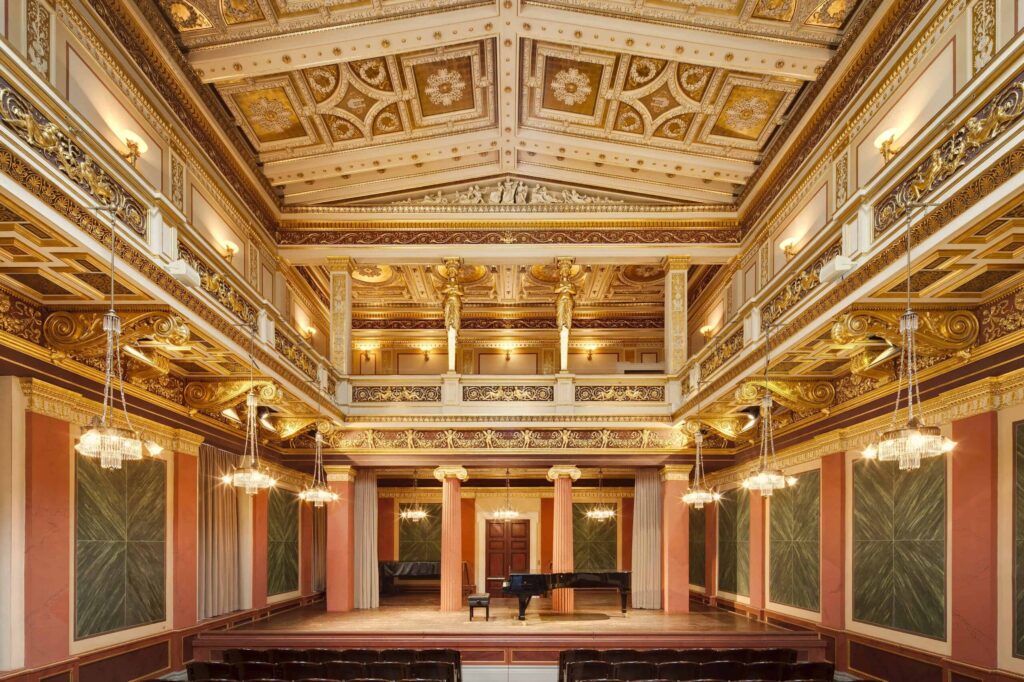
https://musikverein.at/en/fuehrungen/
Parametric Wood Panels in Recording Studios
In today’s recording studios, sound precision is crucial, and parametric wood panels have become an effective tool to achieve it. These panels are created using computational methods that produce perforations, slots, or grooves in carefully calculated patterns. Each variation is designed to target specific frequencies, either absorbing them to decrease resonance or diffusing them to prevent echoes. The outcome is an acoustic environment where sound is clear, balanced, and true to its source, ensuring high-quality recordings.
These panels also showcase the flexibility of parametric design. They can be customized to fit different room sizes and functions, from small vocal booths to large orchestral recording spaces. Their modular nature allows architects and designers to create unique combinations that are both visually appealing and acoustically effective. By combining algorithmic design with natural materials like wood, these panels illustrate how parametric methods are shaping not only iconic concert halls but also everyday spaces where sound quality matters most.
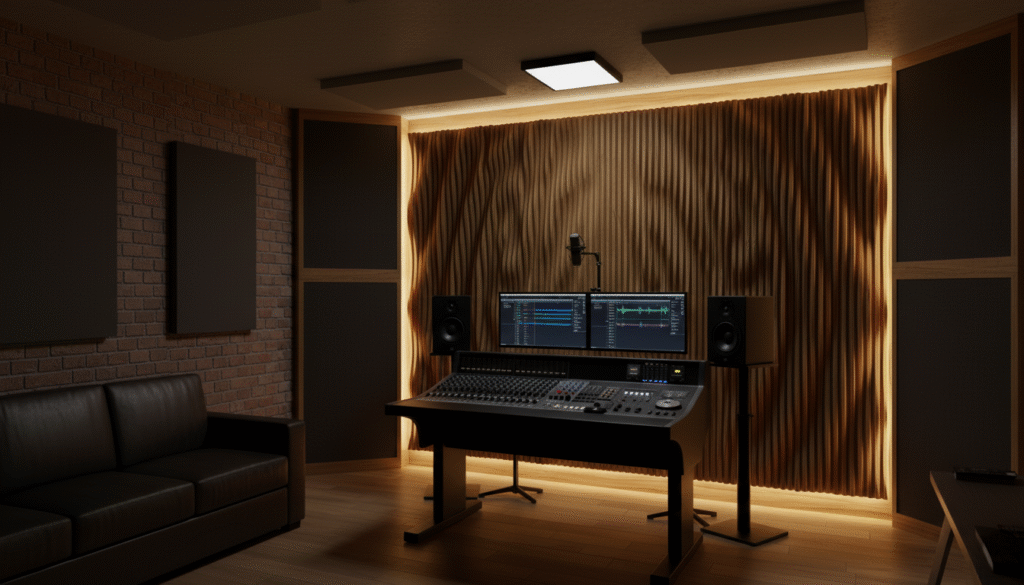
How you can design your own parametric structure for your studio with beegraphy.
1. Parameter Definition
The workflow begins with the specification of design parameters through Range Input nodes. These define key attributes of the studio structure, including rib span, vertical height, and spacing between members. To introduce non-linearity, a Graph Mapper node, configured with a sine function, modulates these values, creating variable intensities across the system.
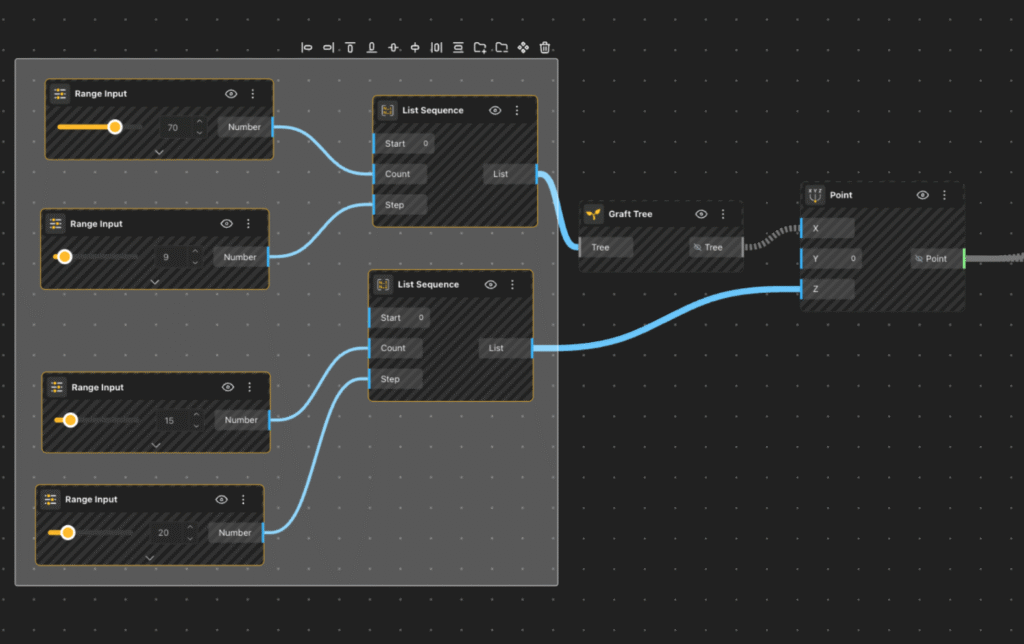
2. Point Cloud Construction
A base grid of points is generated using the List Sequence and Construct Point nodes. To structure the dataset, Graft Tree is applied, enabling hierarchical organization of the point lists. From this foundation, NURBS Curve nodes interpolate between sequential points, forming the primary rib elements. Additional Line nodes establish boundary connections, defining the limits of the structure.
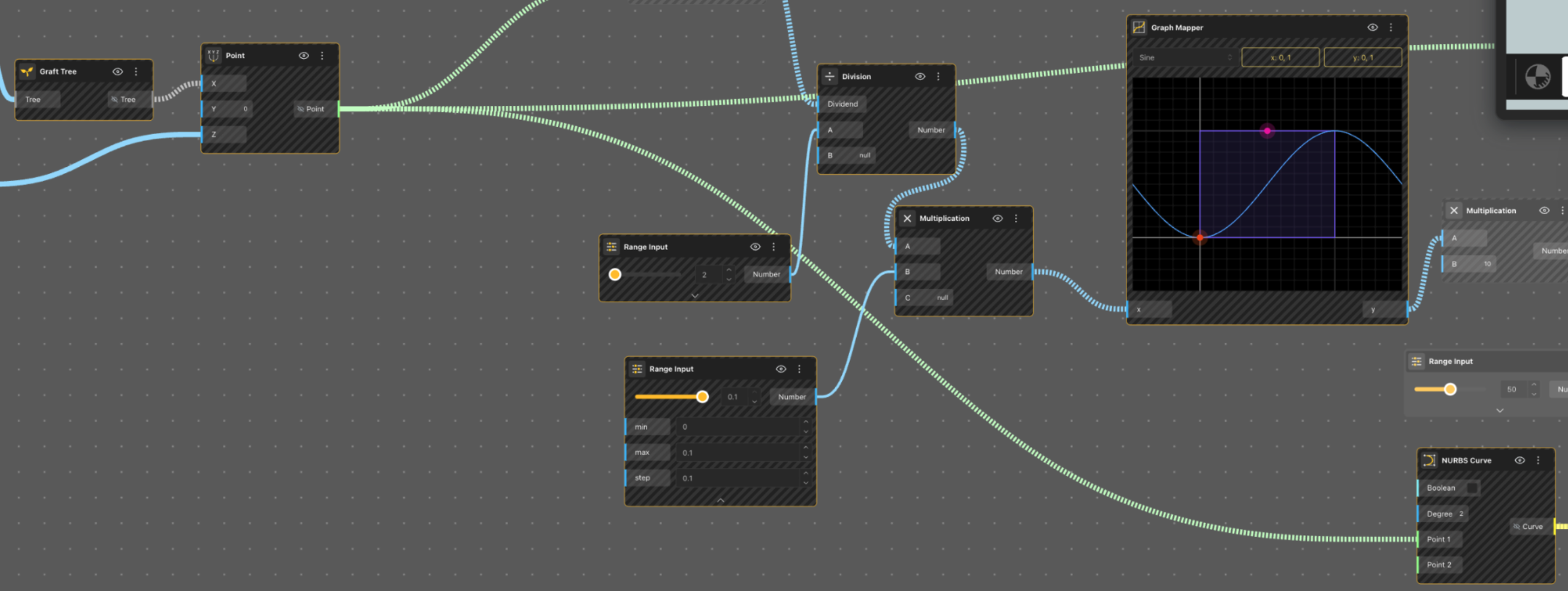
3. Morphological Variation
Spatial differentiation is achieved by introducing attractor logic. A Sphere serves as a geometric attractor, and distances from this attractor to structural elements are calculated via the Distance 2 Points node. The resulting values are normalized and remapped through a combination of arithmetic operations and the Graph Mapper. This modulation adjusts rib spacing, thickness, and curvature locally, enabling gradient-driven morphological control across the structure.
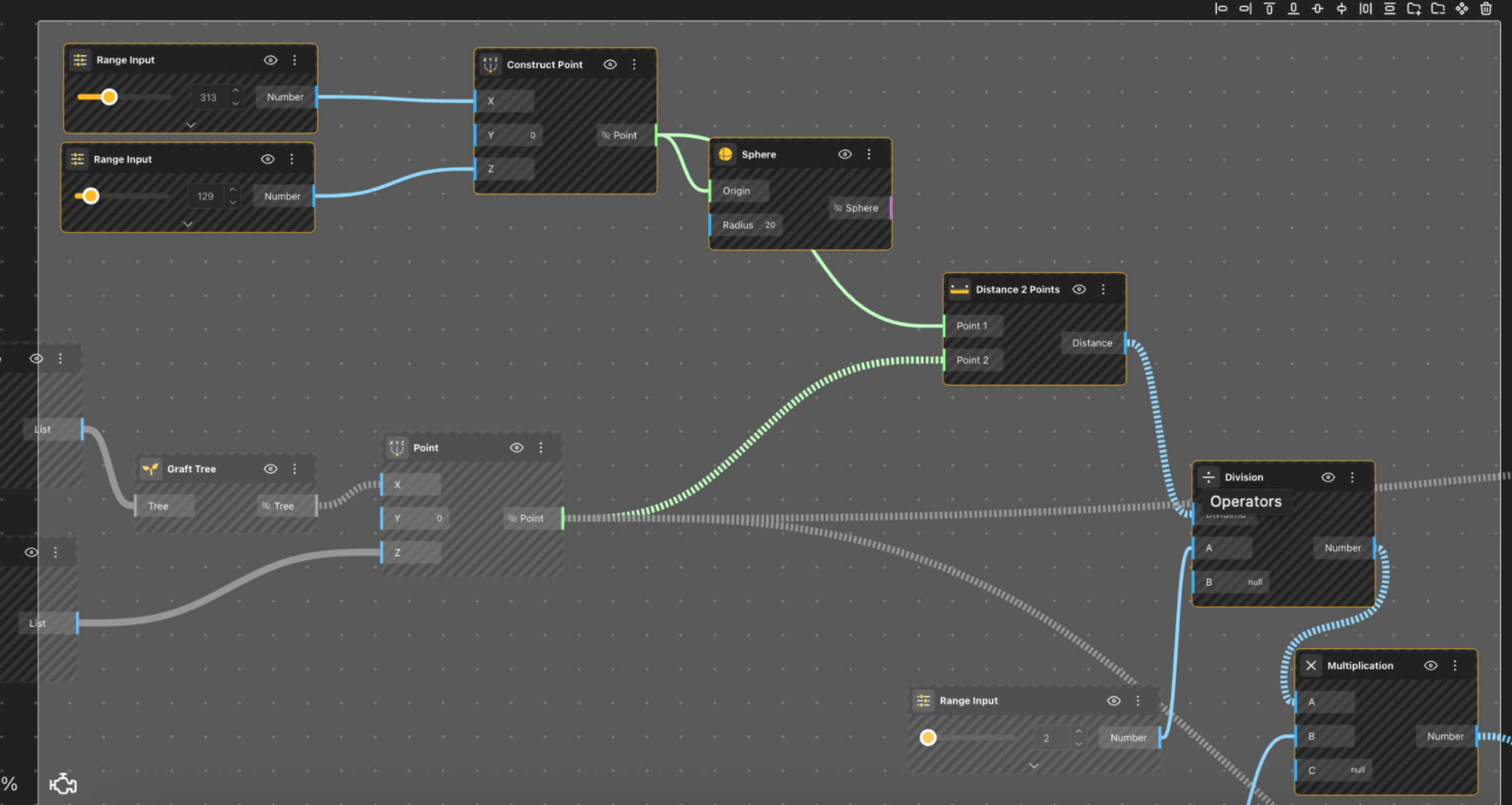
4. Surface Generation and Solidification
The rib curves are unified with the Join node and subsequently converted into continuous surfaces using Curve to Surface. To ensure structural definition, a Side Thickness node extrudes the surfaces, producing three-dimensional solids. Material parameters, including color, reflectivity, and roughness, are applied with the Apply Material node to enable both visualization and performance evaluation.
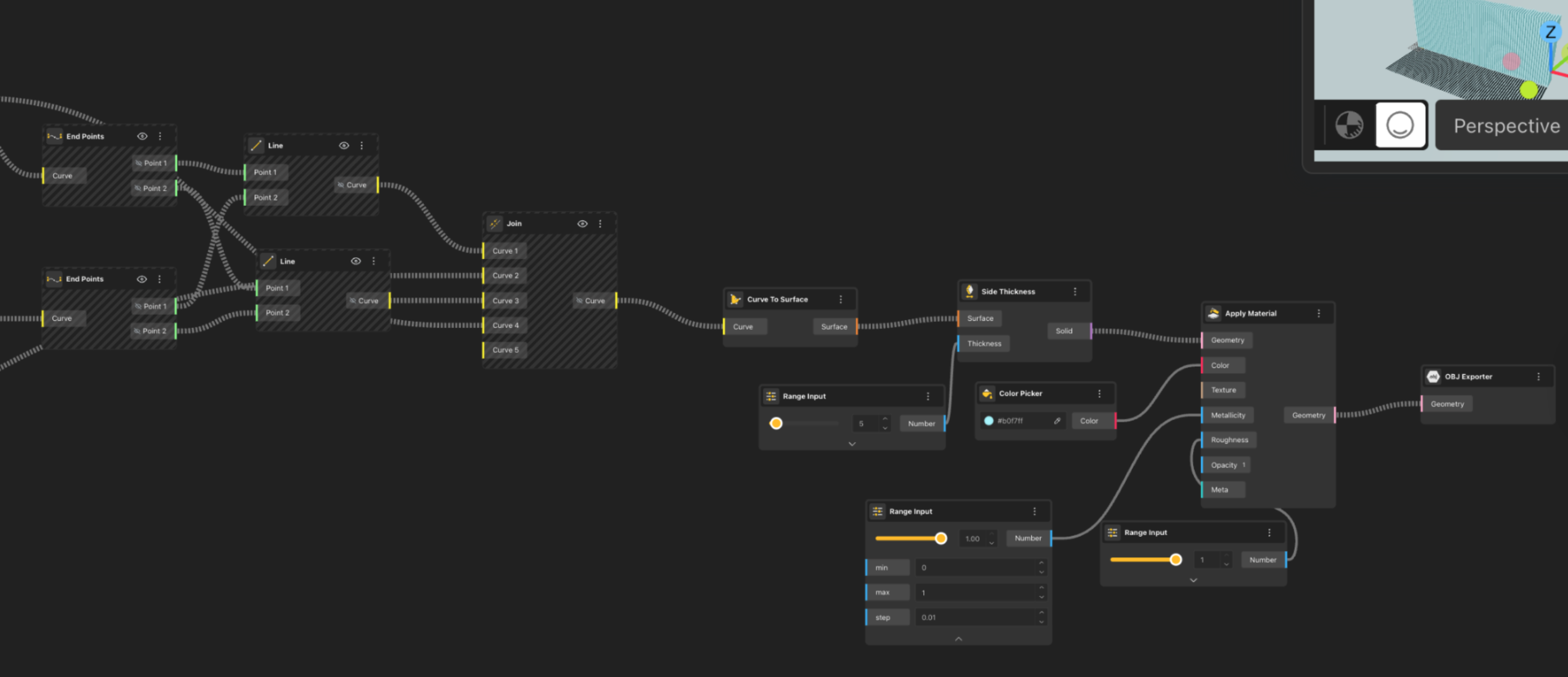
5. Output and Export
The finalized structure is prepared for downstream applications through the OBJ Exporter. This ensures compatibility with digital fabrication methods such as 3D printing or CNC milling, as well as simulation environments. The parametric framework allows real-time iteration, whereby adjustments to initial inputs directly regenerate the geometry, facilitating rapid exploration of design alternatives.
Ready to experiment with sound and create? With BeeGraphy, you can easily create your own parametric structures or customize existing designs from the marketplace. Try out the parametric wall panel featured in this blog, adjust its parameters in real time, and explore how design choices impact acoustics. Or browse the BeeGraphy Marketplace to configure ready-made wall panel systems for your studio, classroom, or workspace. Start shaping sound with parametric design today.


